The Beginning
Quite a few months ago a friend asked if I’d ever shoot Lego. I said ‘probably not’ and went on to explain that something so recognizable in an image makes it all about that item, whether for or against, you can’t have just a message all on its own.
Rethinking
I was being a bit narrow minded.
When using objects designed by someone else, the work does become somewhat of a collaboration. What is tied to the toy you’re featuring within your work?
Take Barbies, with their complex influence in the eyes of the public. Some abhore them, insisting they enforce detrimental beauty standards. Others love them simply as toys or for showing women in such various roles. Whatever your take, Barbie is a weighted icon. Photograph her and many will assume you’re creating commentary around her.
Now, back to Lego. The public perception seems to largely be positive. Lego is a creative toy that spans generations. Besides being horrible to step on, people seem to love them. They’re nostalgic, but ever changing. They encourage outside of the box thinking and allow for never-ending play.
The Now
Lego is so versatile. There are classic yellow-skinned mini figs, figures of all nationalities, animals, bricks, specialty parts, etc. In this, the images you can create with Lego are endless.
There are also restrictions with Lego however, the figures lack much movement, the bricks have to click together in a certain fashion, and much of the pieces are geometric. But there’s a beauty in restrictions. They force you to be creative, to figure out ways to move outside of the box.
The more I surround myself with the genius legographers of this community, the more I realize how wrong I was. With any medium, the limit is your creativity.
The large problem was that I couldn’t wrap my mind around how Lego could work with my typical moody style. What I didn’t realize, not having grown up with Lego, is that not all mini figs are happy and not all Lego photos even have to involve them. It’s amazing what you can learn through the eyes of other photographers.
In Summary
Personally I think it’s helpful to reason through these things. What will the toys I’m using possibly imply to an audience? If I use happy, much loved Lego in my moody work am I creating a juxtaposition between the two ways of thinking? As of now, I don’t think that’s what I’m trying to do, but it’s interesting to consider.
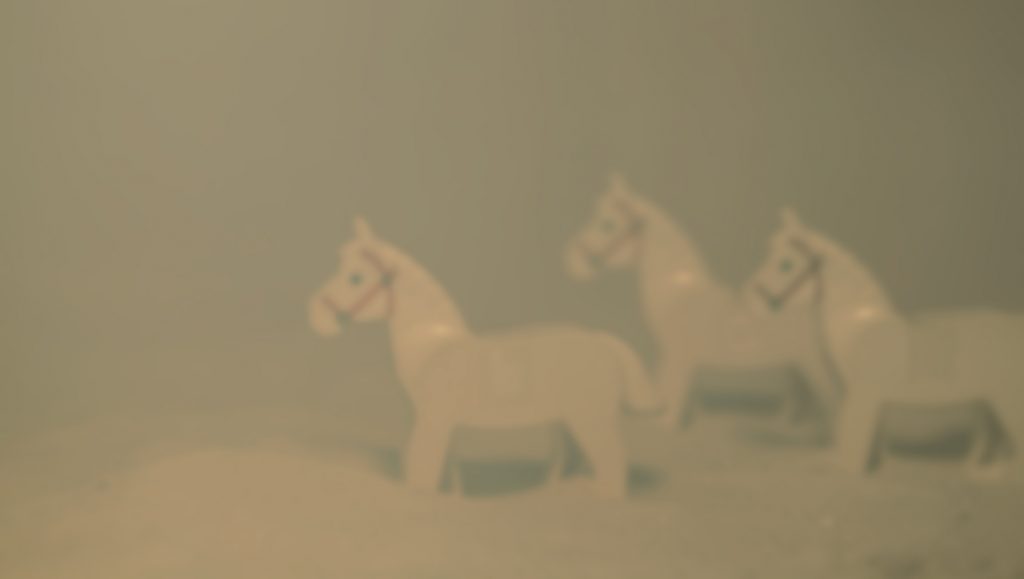
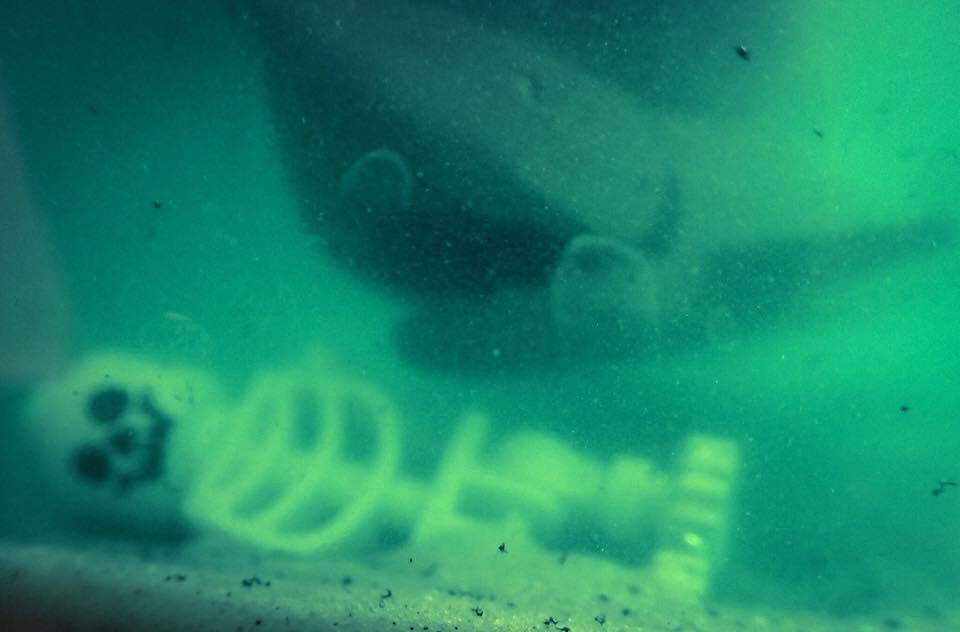
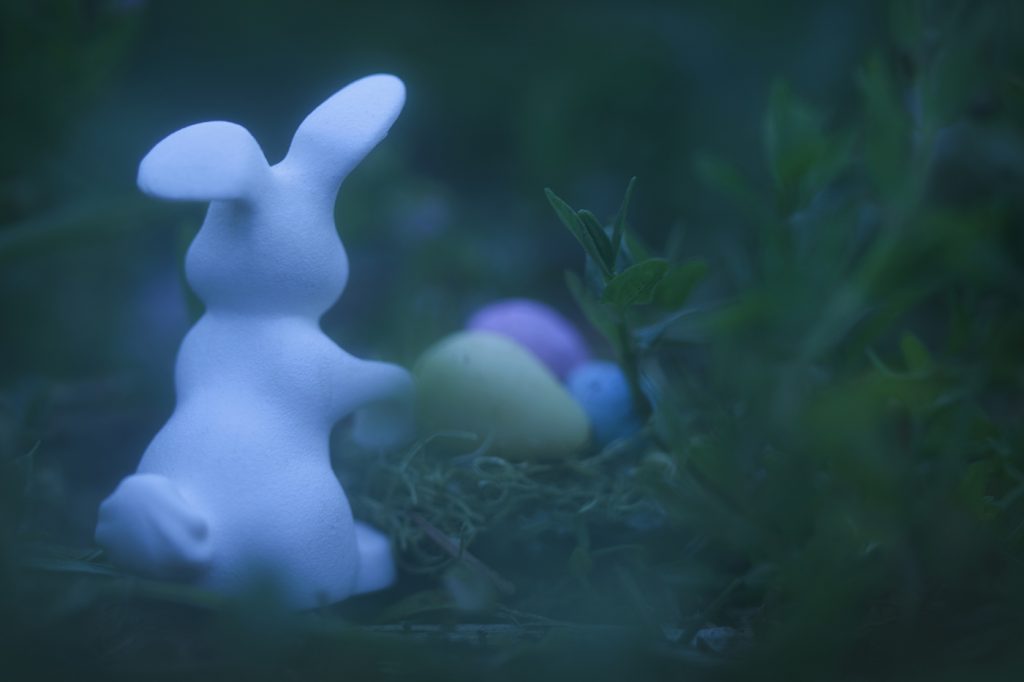
“To photograph is to appropriate the thing photographed.”
-On Photography by Susan Sontag
Do you shoot Lego? Why or why not?
Do you think the perceptions of the toys you photograph stick with them in your images?
How have you grown through studying the work of others?



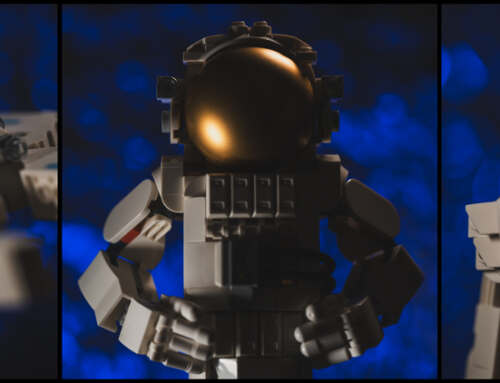
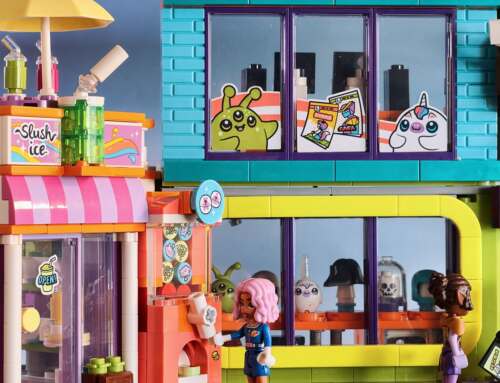
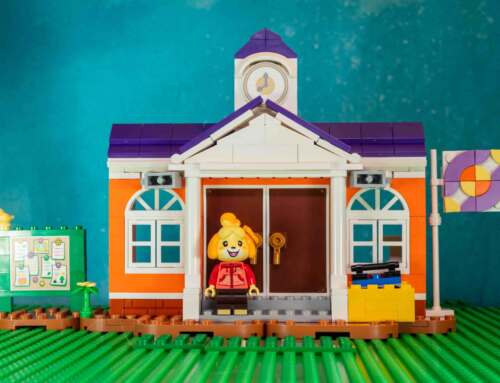
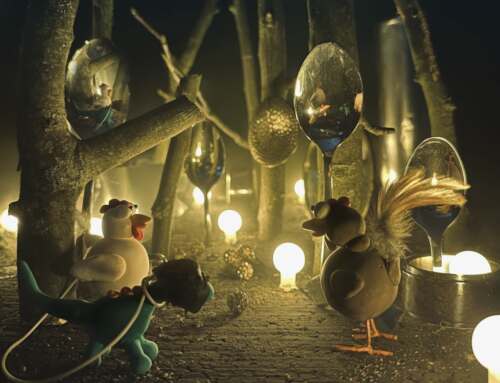
Welcome to the yellow side!
It’s interesting that non-LEGO toy photographers tend to steer clear of LEGO, yet LEGO photographers relish shooting other toys. Well, some do anyway.
Maybe LEGO photographers need a break from one medium? Maybe it’s a craving for more detail? Maybe it’s the challenge?
My ‘LEGO room’ is slowly turning into a ‘toy room’ with new and exciting subjects begging to be photographed. And like you, these new clients throw up challenges that my usual fodder don’t; challenges that induce much cursing and, when they work out, a sense of achievement.
BTW, that shark shot of yours is super ace! Instantly recognizable as yours even with an alien toy as the subject.
Thank you so much for the warm welcome. I suppose, for all of us, as time goes on, we need new things to experiment with and new challenges to overcome. I can completely relate to you on the frustration and sense of achievement. If I ever get annoyed that my boyfriend gets angry with video games, he likes to remind me how angry I get with my toys when attempting to photograph them.
As so many of your texts, this is a very stimulating read, and it changes my view on Lego. I might come back to that later. The questions you pose also got me thinking. Especially no. 2: “Do you think the perceptions of the toys you photograph stick with them in your images?”
I know you use H0 scale Preiser figures too. Maybe you realized that they are slightly retro, preserving maybe the seventies and eighties, and with that, the gender roles (in Germany) of that time. Take the blonde girl you photographed between what I think are pods as an example (see here: http://toyphotographers.com/2017/04/20/saving-ideas/).
I sometimes have issues with that – although the conservative role models I see in their stances, interactions and dresses are just great for trying one’s hand at retro style.
So, yes, I am aware of the fact that miniature figures are not as ‘neutral’ or ‘innocent’ as you might think. But there is also the use you make of those more or less ideologically fraught items. That’s where the creativity you mention comes in…
Just my 2 cents – on a thought provoking post. Thanks for that, Jennifer!
Thank you so much. I would love to see what you’d do with Lego.
I’m so glad you’ve brought up HO scale figures. You’re right, they’re stuck in time and with that there are outdated gender roles and racial stereotypes. It’s interesting that they haven’t really recreated new sets of figures as time has gone on. But I think many of the collectors appreciate the nostalgia of a different time. That said, there are some figures I just don’t buy, others that I try to still pose in an impactful or powerful way in my work – taken out of the context of which they may have been sold. I hadn’t considered them in this post, but train miniatures aren’t innocent either. So yes, the way we use them matters.
Thank you so much for making me consider this more deeply and for your comment here.
Great read Jennifer- I think it is fascinating to see what using different types of toys does to your photos. When I first started using Lego, having only been photographing largely expressionless 6″ figures for some time, it did take me a while to develop a way of shooting them other than simply placing them, with their default run of the mill expression, in different locations. Now I think I’ve got the hang of getting more complex moods across with minifigures, and I think it’s helped me take note interesting photos of larger figures too. Good luck with future endeavours into the world of the brick!
Thank you so much. You’ve described it perfectly. They’re just that. Different. I’m interested to see how my work with them will evolve as I get more used to them. Love knowing that you started in a similar way.
Thank you for a great read! I love interesting well designed toys. I started getting into toy photography with larger toys including the revolteh woody and a few other iconic characters that I love – walle, baymax, and Mr Fredricksen from UP. I chose these figures because of the nostalgic feel they gave me. I’ve always wanted to explore what I call the ratatouille effect – the scene where the critic is sucked through a vortex to a childhood memory from a simple taste. I guess that’s what got me into Lego photography. I played with Lego as a kid for hours upon countless hours but the minifigure was central to all play for me. My photography now incorporates these nostalgic adventures into real life scenes. I find it fascinating to photograph toys of all types and I don’t limit myself to one particular genre – though I do tend to lean on Lego a lot!
It always fun to reminisce on reasons for this awesome hobby and art.
Thank you so much. I love your idea on why you photograph toys. The scene from Ratatouille is the perfect example. Wouldn’t it be wonderful if when others looked at our toy photos they were taken through a vortex to another place and time? What a beautiful thought.
Personally I never saw Lego has being inherently happy or wholesome. I started playing with Lego when I was 5, and it was never a happy go-lucky thing. I mean, there is always a PG/PG-13 level to the universe, but its not inherently bright and happy.
Maybe that just means I have a dark childhood or something 😛
Lego photography is definitely what you make of it.
I shot Lego cos it is easy to bring along, I think you can get a lot out of them. And I don’t have anyone to photograph so I have to use Lego minifigs. But they let me show good stuff, sad stuff, angry stuff and silly stuff 😉